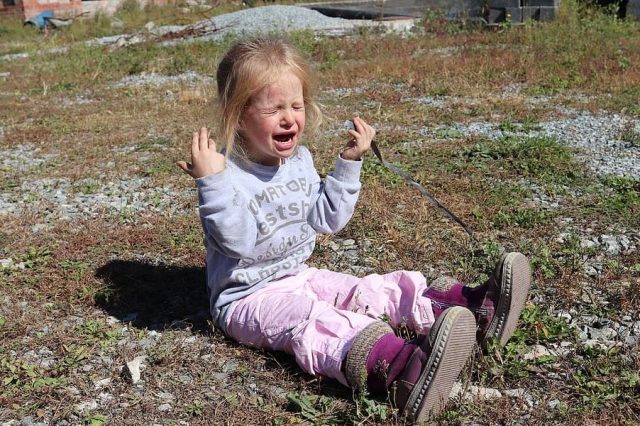Childhood, ideally a time of exploration and growth, can for many be shadowed by experiences of trauma. The ripples of childhood trauma extend far into adulthood, influencing mental health in profound ways. Understanding this impact is crucial for healing and support. This article explores the lasting effects of childhood trauma on adult mental health, shedding light on the paths toward resilience and recovery.
Unpacking Childhood Trauma
Defining Trauma
Childhood trauma encompasses a range of experiences that threaten a child’s safety or well-being. This can include physical, emotional, or sexual abuse, neglect, witnessing violence, or enduring chronic adversity such as poverty or familial instability.
The Developing Brain
During childhood, the brain undergoes rapid growth and development. Traumatic experiences during this critical period can alter the brain’s structure and function, affecting emotional regulation, stress response, and the ability to form healthy relationships.
The Long Shadow of Childhood Trauma
Increased Risk of Mental Health Disorders
Adults who experienced trauma in childhood are at a higher risk of developing mental health disorders, including depression, anxiety, post-traumatic stress disorder (PTSD), and substance abuse. Research indicates that those with a history of childhood trauma are two to three times more likely to face these challenges in adulthood.
Challenges in Emotional Regulation
One of the hallmarks of unresolved childhood trauma is difficulty in managing emotions. Adults may experience heightened reactions to stress, struggle with anxiety and depression, or find themselves in a perpetual state of emotional numbness.
Relationship and Attachment Issues
Early trauma can disrupt the development of secure attachments, leading to difficulties in forming and maintaining healthy relationships in adulthood. Issues with trust, intimacy, and a fear of abandonment are common among those with a history of childhood trauma.
Navigating the Path to Healing
Acknowledging the Impact
The first step in healing from childhood trauma is recognizing its impact on your adult life. This awareness can be painful but is essential for understanding and addressing the root causes of emotional and behavioral challenges.
Seeking Professional Support
Therapy can be a safe space to explore and process trauma. Therapeutic approaches like trauma-focused cognitive behavioral therapy (TF-CBT), eye movement desensitization and reprocessing (EMDR), and somatic experiencing can help individuals work through their trauma and develop coping strategies.
Building Resilience
Resilience—the ability to bounce back from adversity—can be nurtured over time. Building a strong support network, engaging in self-care practices, and developing a positive self-concept are all part of fostering resilience.
Cultivating Mindfulness and Self-Compassion
Practices such as mindfulness meditation can help individuals stay present and reduce feelings of overwhelm. Self-compassion encourages a kind, forgiving attitude towards oneself, offering relief from the self-criticism that often accompanies trauma.
The Role of Society in Supporting Healing
Breaking the Stigma
Creating open dialogues around childhood trauma and mental health can help break down the stigma, encouraging more individuals to seek the support they need.
Providing Access to Resources
Ensuring access to mental health services and educational resources is crucial for supporting those affected by childhood trauma. Community programs, online platforms, and policies that prioritize mental health care are all vital components of a supportive societal framework.
Education and Prevention
Educating parents, teachers, and community members about the signs of trauma and how to provide support can prevent further harm and help children who are experiencing trauma get the help they need early on.
Conclusion
The impact of childhood trauma on adult mental health is both profound and far-reaching, affecting emotional well-being, relationships, and quality of life. Yet, with awareness, support, and targeted interventions, healing is possible. Recognizing the signs of trauma, seeking professional help, and building a network of support are essential steps on the path toward recovery. As a society, fostering open discussions about trauma, increasing access to mental health resources, and prioritizing prevention can help mitigate the long-term effects of childhood trauma. In understanding and addressing the shadows cast by early experiences, there is hope for a brighter, more resilient future.





